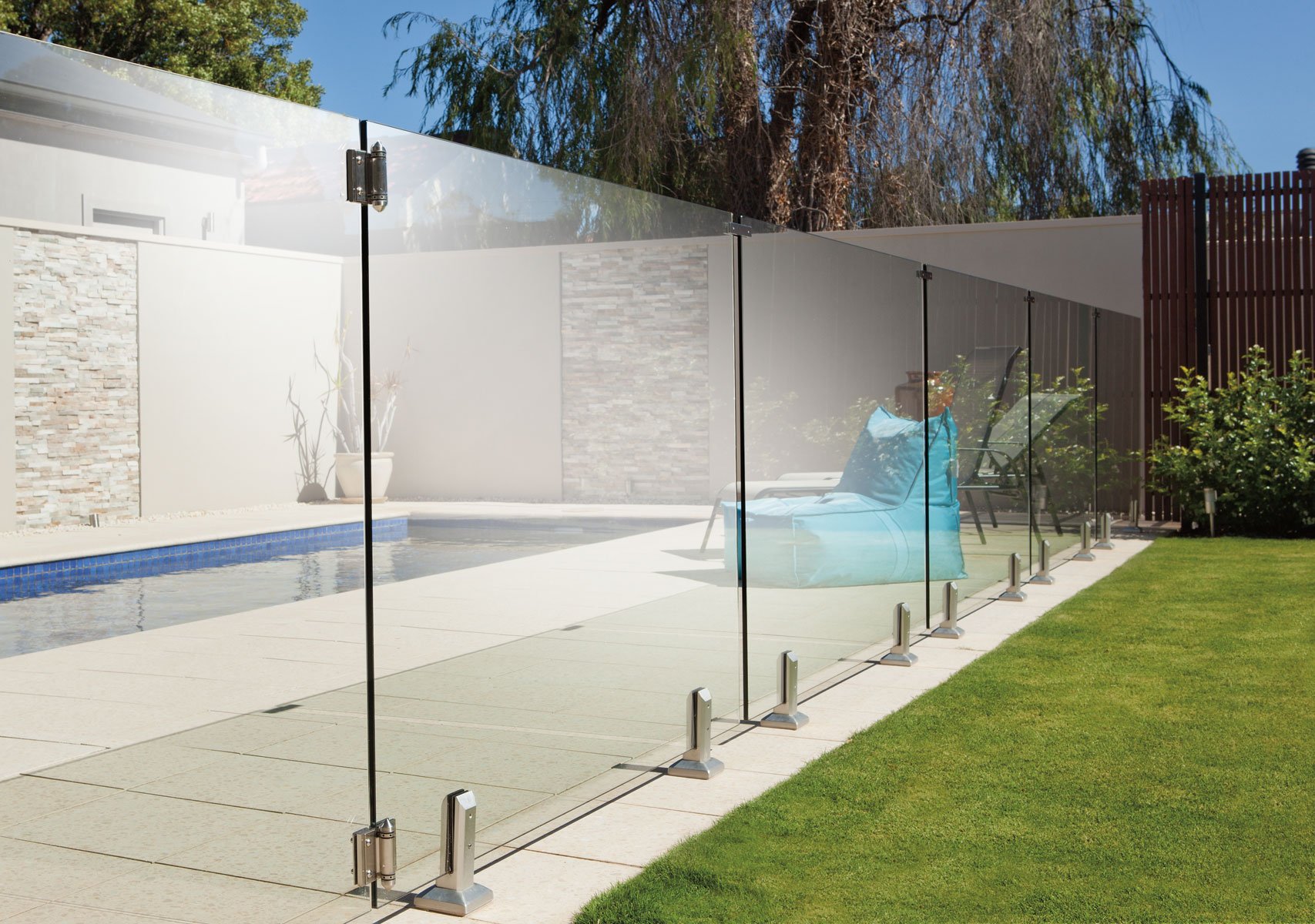What is Smart Home Programming?
Smart home programming is essentially the process of writing code to control and automate various devices and systems within your home. This could range from simple tasks like turning lights on and off at specific times to more complex scenarios like adjusting your thermostat based on occupancy and weather conditions. It involves interacting with various smart home platforms and APIs (Application Programming Interfaces), which are essentially sets of rules and standards that allow different devices and software to communicate with each other.
Choosing Your Smart Home Platform
The first step is deciding which smart home ecosystem you’ll work with. Popular options include Home Assistant (open-source and highly customizable), SmartThings (from Samsung), and HomeKit (from Apple). Each platform has its strengths and weaknesses. Home Assistant offers maximum flexibility but requires more technical knowledge. SmartThings and HomeKit are more user-friendly but offer less control. Consider factors like the devices you already own, your programming experience, and the level of customization you desire when making your choice.
Understanding APIs and Integrations
Most smart home automation relies on APIs. Think of an API as a translator between different devices and your program. For instance, if you want to control your Philips Hue lights through Home Assistant, Home Assistant needs to communicate with the Philips Hue API. This involves learning how to send commands (e.g., “turn light on,” “set color to blue”) in the specific format required by the API. Many platforms simplify this process, but understanding the basic concept is crucial.
Basic Programming Concepts for Smart Home Automation
While you don’t need to be a professional programmer to get started, familiarity with basic programming concepts will greatly benefit you. These concepts often include variables (to store information like temperature or light level), conditional statements (like “if the temperature is below 70, turn on the heating”), loops (to repeat actions), and functions (to organize your code into reusable blocks). Many platforms offer simplified programming interfaces or utilize visual programming tools that minimize the need for complex coding.
Getting Started with a Simple Project: Automated Lighting
A good starting point for beginners is automating your lights. This could involve setting up a schedule to turn lights on at sunset and off at sunrise. This simple project allows you to practice interacting with the API of your chosen lighting system (like Philips Hue, LIFX, or similar) and implement basic scheduling capabilities. Many platforms provide clear instructions and sample code for such projects.
Working with Sensors and Environmental Data
Adding sensors to your smart home opens up a world of automation possibilities. Motion sensors can trigger lights to turn on when someone enters a room, temperature sensors can control your thermostat, and door/window sensors can activate security alerts. Integrating sensors involves understanding how to read data from these devices and use that data to trigger actions in your program. You’ll need to learn how to interface with your chosen sensor’s API or protocol.
Advanced Smart Home Programming: Machine Learning and AI
Once you’ve mastered the basics, you can explore more advanced concepts. Machine learning (ML) and Artificial Intelligence (AI) can significantly enhance your smart home automation. For example, you could train a model to predict your energy consumption based on past usage and adjust your thermostat accordingly to save energy. This often requires more in-depth programming knowledge and familiarity with ML/AI libraries and algorithms.
Troubleshooting and Debugging Your Smart Home Code
As with any programming endeavor, you will likely encounter errors and unexpected behavior. Learning to debug your code is crucial. This involves systematically identifying and fixing issues. Most platforms offer logging and debugging tools to help you pinpoint problems. Patience and attention to detail are key when troubleshooting smart home automation.
Utilizing Community Resources and Online Forums
The smart home community is incredibly supportive. Numerous online forums, communities, and documentation resources are available to assist you. Don’t hesitate to ask questions, search for solutions, and learn from the experiences of other smart home enthusiasts. This collaborative environment can accelerate your learning process and provide valuable insights.
Expanding Your Smart Home Ecosystem
Once comfortable with basic automation, you can gradually expand your smart home ecosystem by adding more devices and integrations. Explore different types of devices like smart appliances, security systems, and entertainment systems to discover new possibilities and create more comprehensive automation scenarios. Remember to always prioritize security best practices when connecting new devices to your network. Read more about home automation programming












